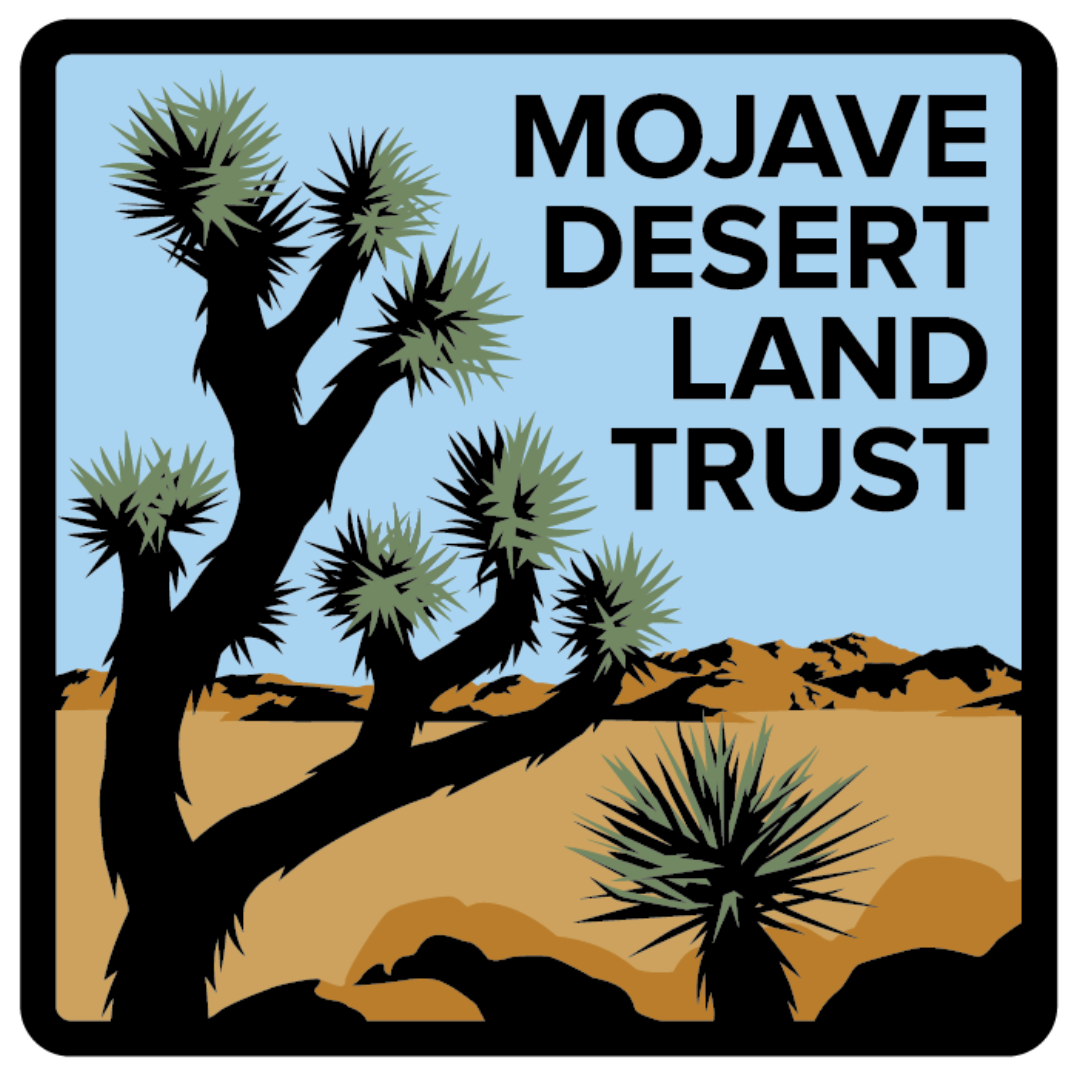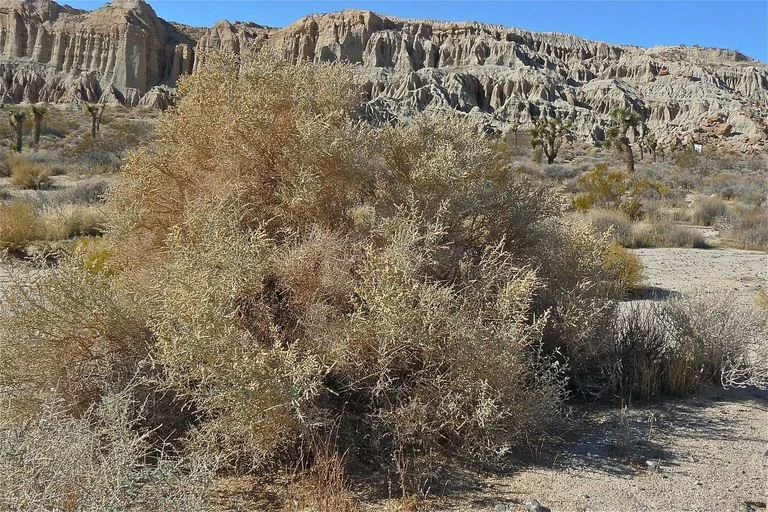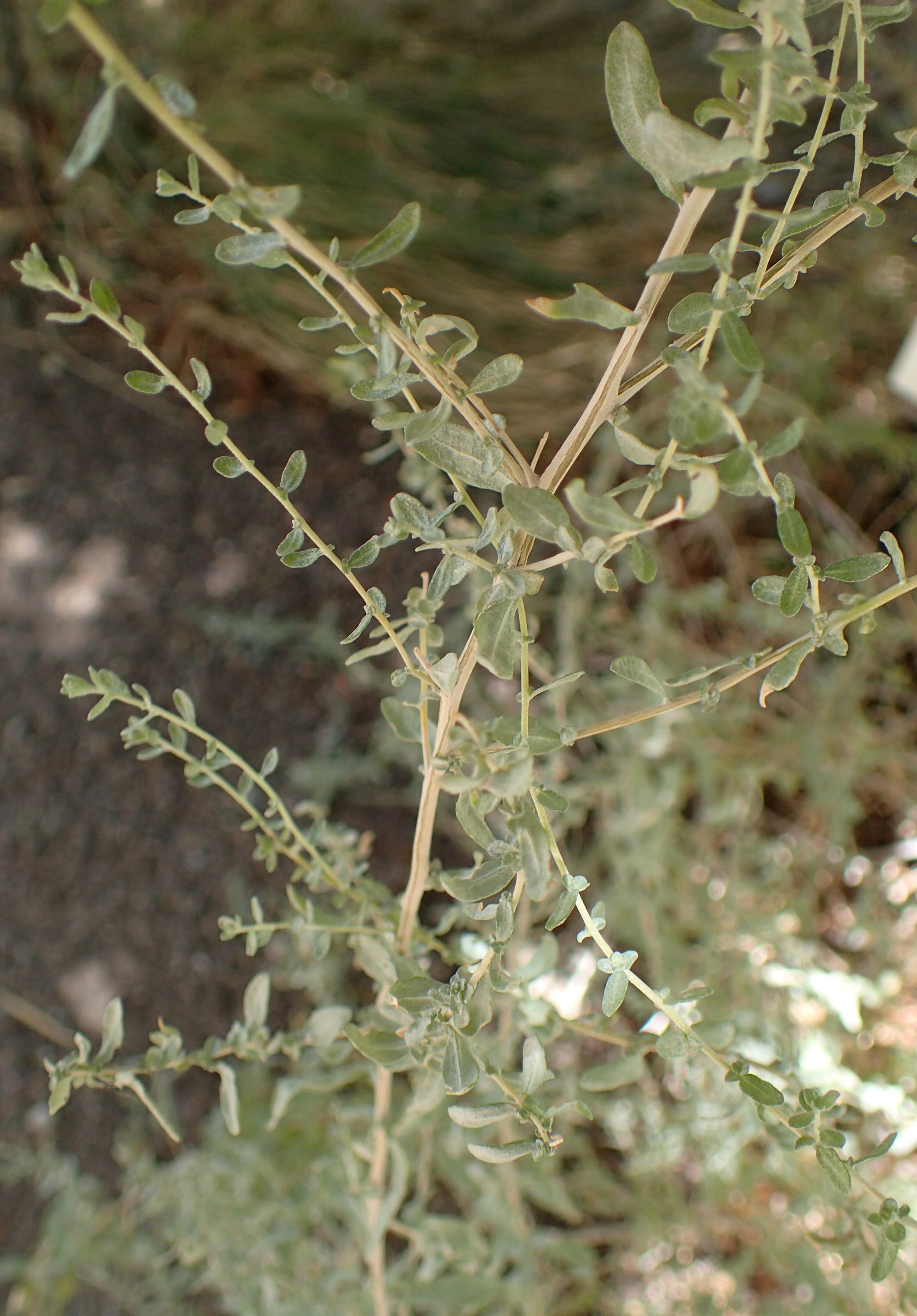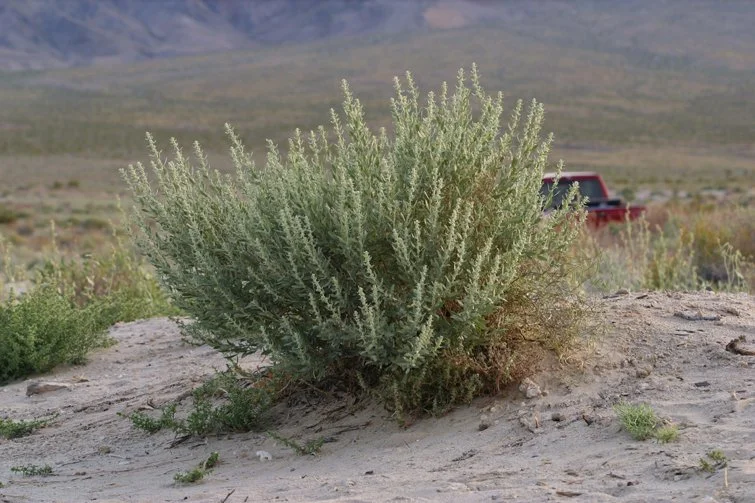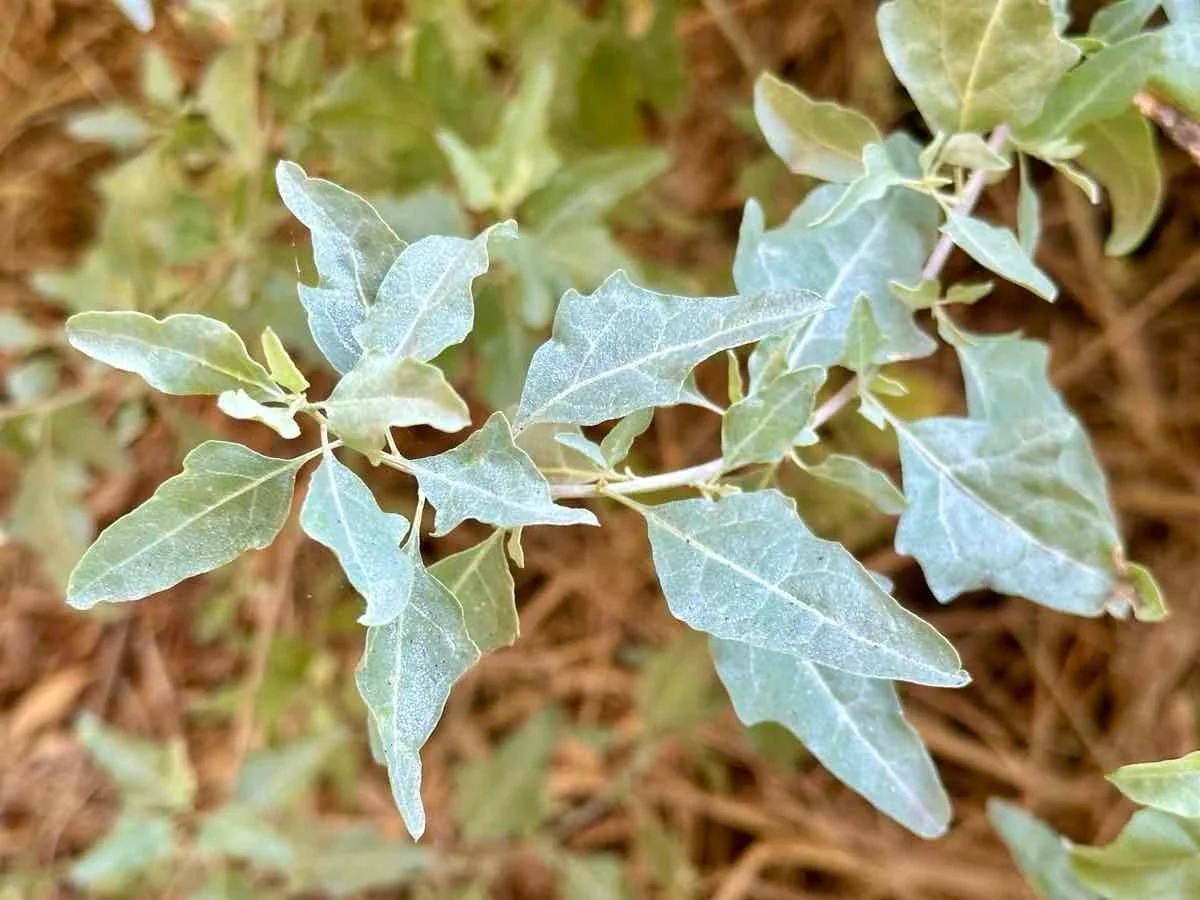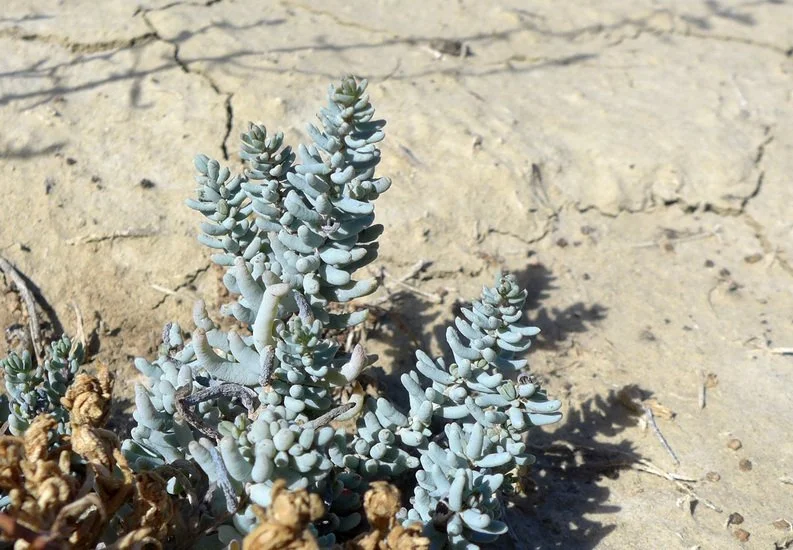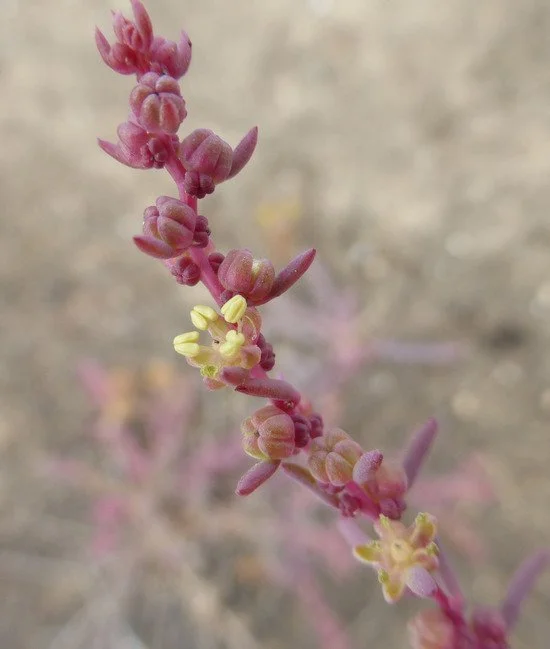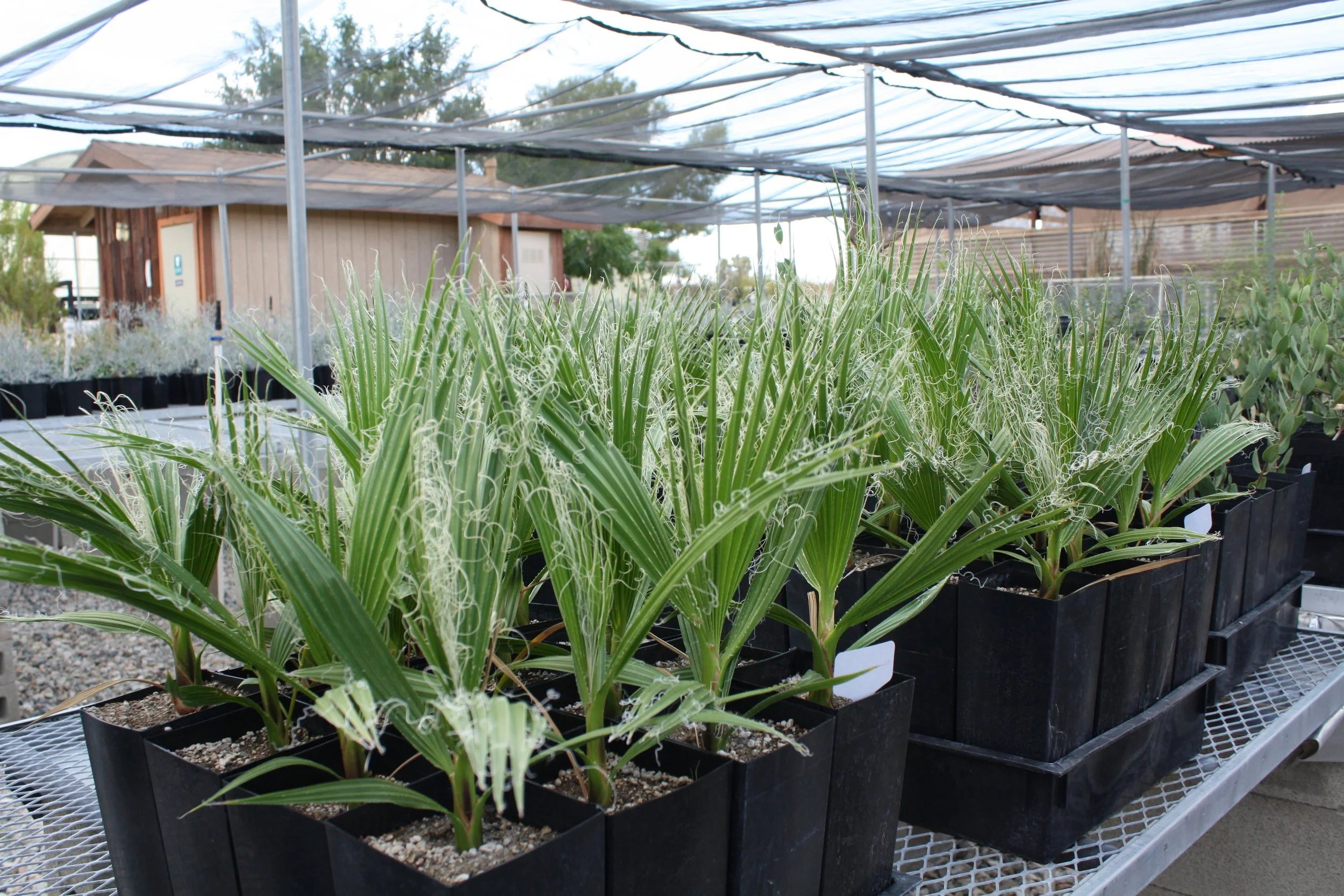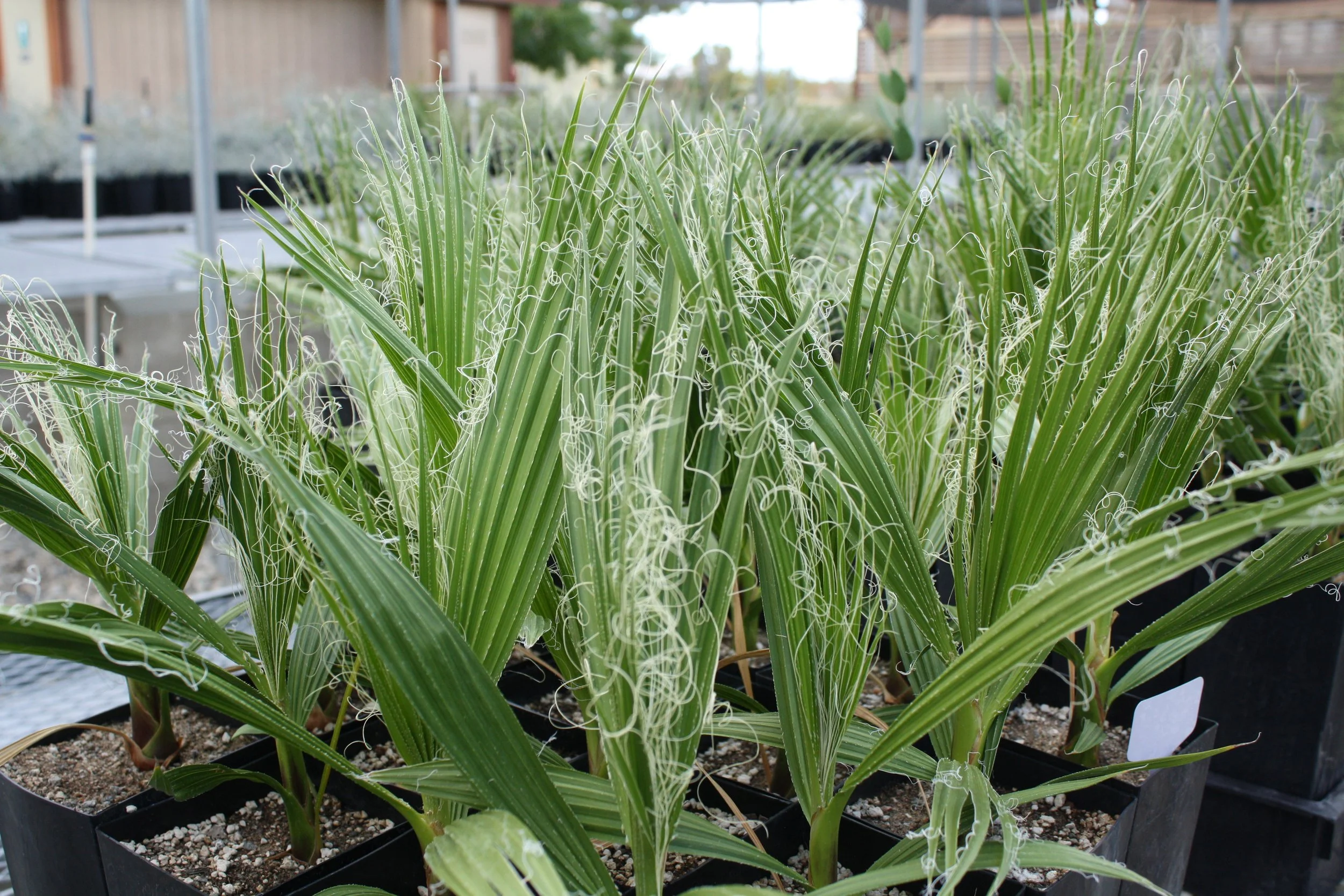 Image 1 of 2
Image 1 of 2

 Image 2 of 2
Image 2 of 2



Burrobush (Ambrosia dumosa)
Sold in a 1 gallon container.
Mature size: 6 in. to 3’ H x W
Sun exposure: Full sun
Soil: Adaptable
Water use: Low
Cold hardy to: 5 degrees F
Flowers: Pale yellow from December through June
Native to: California, southwestern Utah, Arizona and northwestern Mexico.
Elevation: 260-5,500’
White bur-sage (burrobush) is short-lived mounding shrub in the sunflower family. It has a relatively shallow root system that allows it to survive in desert pavement. Since it grows quickly, it is one of the first plants to establish after disturbance and can be an important nurse plant for other long-lived species. During the summer it is often drought-deciduous and the fruit is spiky with burs. White bur-sage is found often with creosote bush (Larrea tridentata) on sandy substrates, rocky hills, alluvial fans, and particularly older soils with caliche or clay layers. It is an important habitat species because it is one of the dominant species within the creosote bush scrub. The roots are known to secrete a compound that inhibits growth of surrounding white bur-sage and creosote bush.
Sold in a 1 gallon container.
Mature size: 6 in. to 3’ H x W
Sun exposure: Full sun
Soil: Adaptable
Water use: Low
Cold hardy to: 5 degrees F
Flowers: Pale yellow from December through June
Native to: California, southwestern Utah, Arizona and northwestern Mexico.
Elevation: 260-5,500’
White bur-sage (burrobush) is short-lived mounding shrub in the sunflower family. It has a relatively shallow root system that allows it to survive in desert pavement. Since it grows quickly, it is one of the first plants to establish after disturbance and can be an important nurse plant for other long-lived species. During the summer it is often drought-deciduous and the fruit is spiky with burs. White bur-sage is found often with creosote bush (Larrea tridentata) on sandy substrates, rocky hills, alluvial fans, and particularly older soils with caliche or clay layers. It is an important habitat species because it is one of the dominant species within the creosote bush scrub. The roots are known to secrete a compound that inhibits growth of surrounding white bur-sage and creosote bush.
